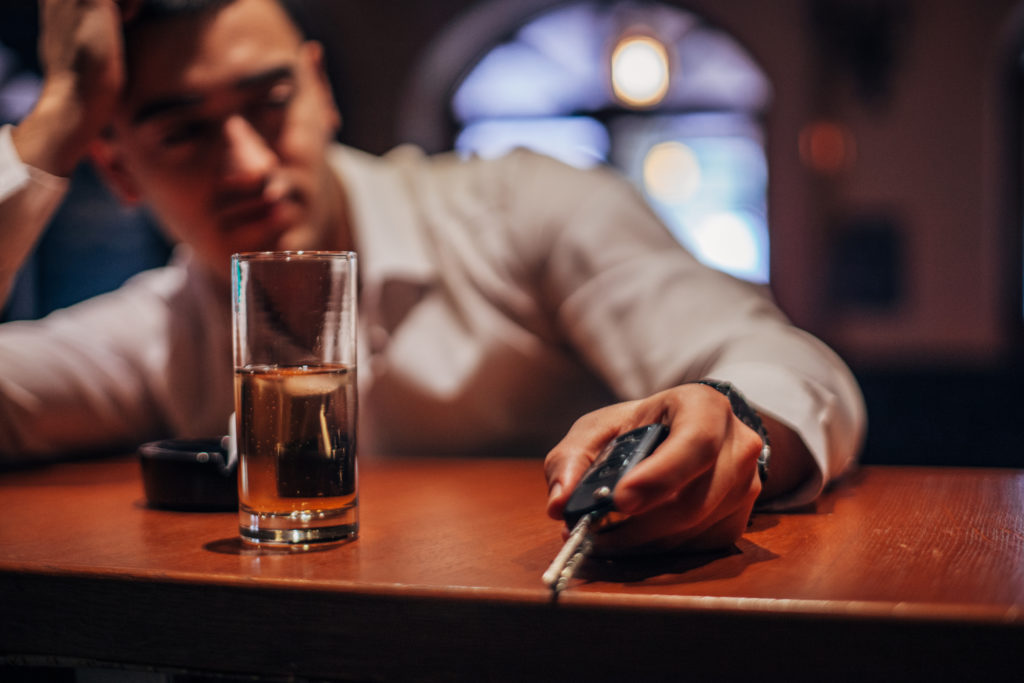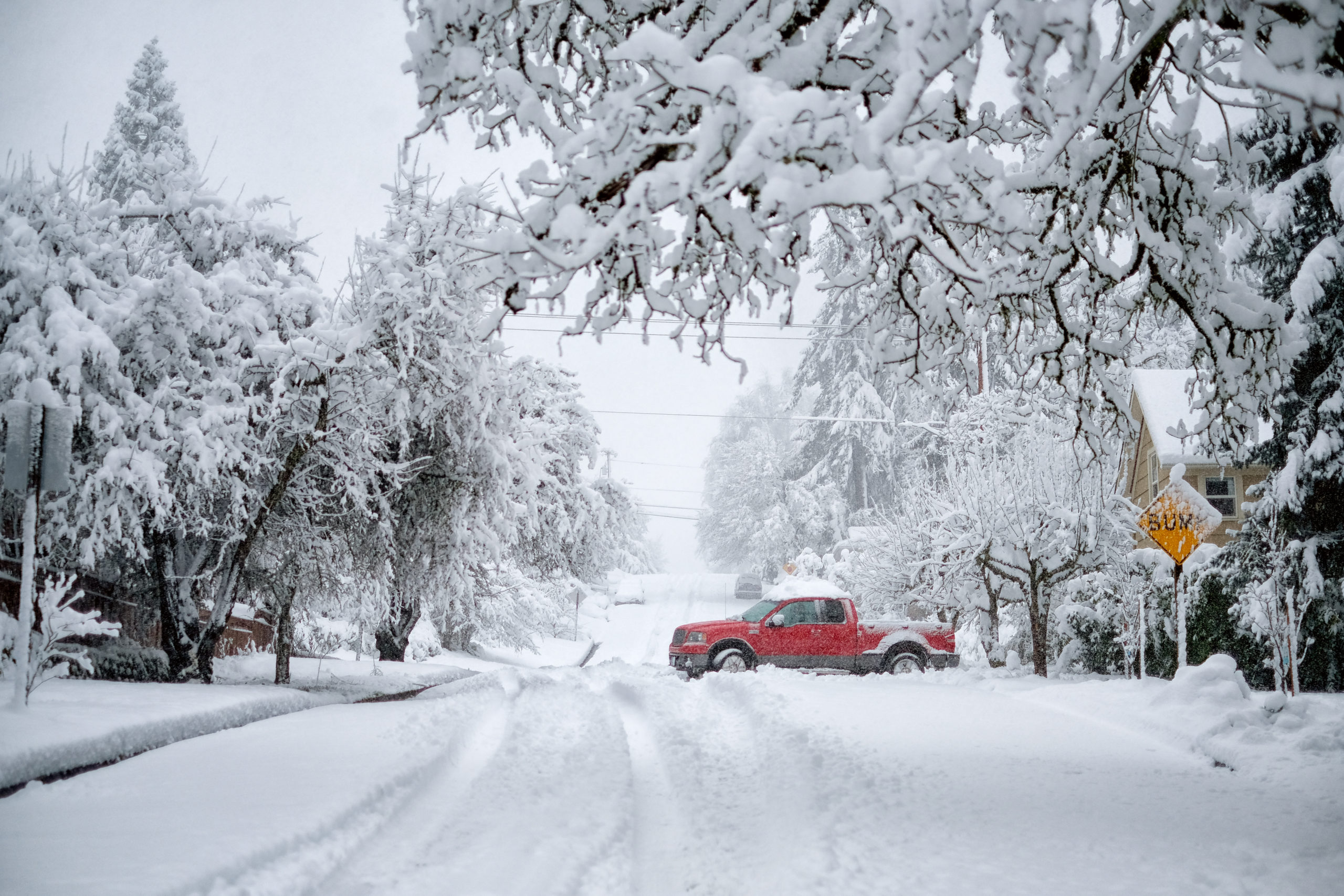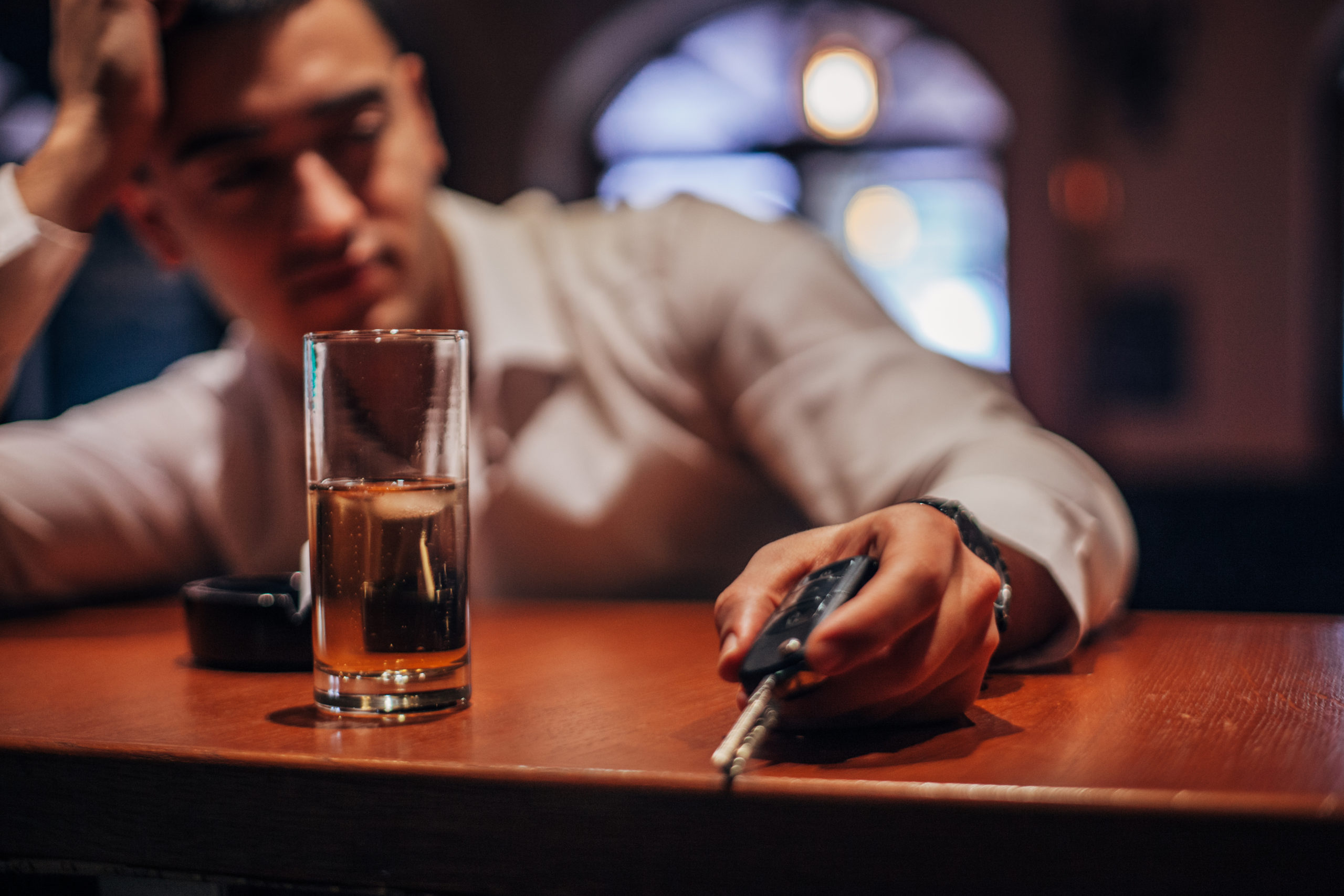Drunk drinking is one of the most serious threats to New York drivers, despite public initiatives to reduce the rate of intoxicated driving in the state. According to the New York State Traffic Safety Statistical Repository (TSSR), drunk driving contributed to almost 9,400 New York crashes in 2019 as reported by police departments. Almost 3,600 of these accidents caused personal injuries to the drivers and passengers involved, and 230 people died in alcohol-related crashes.
The negative consequences of drunk driving can be overwhelming due to the pain and financial costs endured by injured parties and loved ones of those who are killed. Fortunately, as in any accident, victims have the right to receive compensation for their personal injuries, and they have many options for receiving that compensation through insurance claims and lawsuits.
Even if the at-fault driver is unable to pay out of pocket for personal injuries, their insurer and those who served them alcohol if they were visibly intoxicated can be liable for compensation.
Personal Insurance Policies
When an accident occurs, the first form of compensation that will cover your injuries will be personal insurance policies. Usually, a driver, passenger, or pedestrian injured by a drunk driver will be covered by both a health insurance policy, an auto insurance policy and sometimes an umbrella policy. Auto insurance policies in the state of New York are required to include first-party benefits as stated in NY Ins L § 5103. Also known as personal injury protection (PIP) benefits, these benefits are meant to reduce necessary lawsuits by paying out benefits regardless of fault in any accident. They cover up to $50,000 dollars for the insured individual’s economic losses, such as medical bills and lost wages.
First-party benefits will generally be the primary payer for your injuries. If your costs exceed the $50,000 limit for economic losses or you are not covered by an auto insurance policy, then you may also file a claim with your health insurance policy to cover the remaining costs. Be aware, however, that health insurance policies may include exceptions for certain cases.
Additionally, first-party benefits will not cover compensation for non-economic losses like pain and suffering, loss of enjoyment of life, and similar damages that lack a clear tangible financial value. In fact, unless you satisfy what is known as the serious injury threshold, you cannot sue a liable party for damages under New York law, as first-party benefits are meant to eliminate the need for lawsuits. If you do satisfy the threshold by suffering economic losses in excess of $50,000, or experience severe injury like loss of a limb, then you will be able to sue under New York law without your insurance policy restraining your right to do so.
Suing a Drunk Driver
If personal insurance policies are unable to cover the costs of an accident, whether economic or non-economic, then the injured party can sue a drunk driver for their actions that led to the injury.
Such a case should generally be an easy fight for an experienced legal professional as personal injury lawsuits require that the plaintiff prove that the liable party was acting carelessly and that their careless actions led to the injuries sustained. Drunk driving is a classic example of careless driving that often doesn’t require a great deal of argument. If it can be proven that a driver was driving with a BAC equal to or over 0.08% as defined in NY Veh & Traf L § 1192 or with a BAC of 0.02% to 0.07% while under the age of 21 as defined in NY Veh & Traf L § 1192-A, then the court will typically side with a plaintiff and award damages for the accident.
Of course, you must first qualify for the right to sue under the serious injury threshold of New York as previously mentioned. If you are covered by PIP benefits, then you are generally not allowed to sue, even if a driver was driving under the influence. However, if you sustain more financial expenses than can be covered by your PIP benefits or suffer a serious injury, then you have the right to pursue legal action against the driver.
Normally if an injured party wins a case, they will only receive what is known as compensatory damages, money that will cover their stated expenses for both economic and non-economic losses. However, plaintiffs are not limited to claiming only compensatory damages.
In extreme cases of excessive recklessness or maliciousness on the part of the driver, the court may decide to award punitive damages to an injured party in order to punish the behavior of the driver.
When considering a lawsuit, you should consult an attorney to see if there is sufficient evidence in your case to act as grounds for receiving punitive damages. Various circumstances can serve to qualify a driver’s actions as excessively reckless or malicious, and an experienced legal professional will understand what may be argued as evidence of such behavior.
Repeated offenses for driving while intoxicated and aggravating circumstances, such as speeding, can serve as evidence justifying punitive damages, for example. Such was the case in Parkhill v. Cleary. The defendant was a repeat offender for driving while intoxicated, having previously been convicted for it in a separate incident and pleading guilty to driving while intoxicated in this case. Additionally, the defendant was speeding at the time of the accident and went through a stop sign before hitting the plaintiff’s vehicle. Taking these factors into account, the court ruled that the plaintiff was right to claim punitive damages, as the defendant’s actions went beyond negligence and demonstrated a repeated disregard for the safety of others.
Excessive drunkenness can also be considered grounds for the awarding of punitive damages. In Schragel v. Juszczyk, the defendant registered a BAC of 0.26%, which is just over three times the legal limit in New York. The defendant’s deposition confirmed that he had consumed four 22-ounce beers and at least 4 shots of tequila, and was so impaired that he could not recall the speed he was driving, stopping at a stop sign, or seeing the plaintiff’s vehicle just before the accident occurred. The court ruled that these grounds were sufficient to allow punitive damages to be awarded to the plaintiff, as the evidence proved the defendant’s actions were excessively reckless.

Collecting Damages Through Insurance
Even if you’ve won a court case on the issue of your accident, you may still need to speak with insurance companies for compensation.
If a drunk driver is unable to pay for the court-ordered judgment, then you will have to speak with their insurer who holds responsibility for the insured party’s behaviors and penalties.
It is often the case that a drunk driver will not be able to pay the full amount due for compensation so you should be prepared to present your case to their insurer.
Under New York law, all vehicles registered in the state must be insured by an auto insurance policy which provides coverage for liability in the event of an accident. This coverage must provide at least $25,000 for bodily injury to one person and $50,000 for bodily injury to all persons in any one auto accident, and many drivers purchase coverage in excess of that amount. For this reason, you can reliably be paid by a liable party’s insurer for these amounts in the event of an accident caused by a drunk driver.
However, there are also cases where you may not be able to find the liable party, such as in hit-and-run cases, or where the liable party’s liability insurance is insufficient. For situations like these, New York requires that every auto insurance policy come with uninsured motorists (UM) coverage for bodily injury and that insurers make supplementary uninsured/underinsured motorists (SUM) insurance available for purchase. The following table lists the minimum coverage required for both uninsured motorists coverage and supplementary uninsured motorists insurance.
| Number of Injured Parties | Minimum UM Coverage | Minimum SUM Coverage |
| One Person | $25,000 | $250,000 |
| Two or More Parties | $50,000 | $500,000 |
As an example of when SUM coverage would apply, consider if a liable party is ordered by the court to pay $75,000, but they only have coverage for $50,000. In this case, the remaining $25,000 dollars would be paid for by the injured party’s SUM coverage if they have purchased a policy including it.
Of course, in any case that might involve claims for damages to be paid by an insurer, it would be wise to speak with an attorney. An insurance company may attempt to deny coverage for the incident, but a good attorney will be able to build a case early on that will often convince an insurer to settle out of court instead of seeking a legal battle. This will save the injured party both the resources and time necessary for a second lengthy and difficult trial process.
Suing a Bar or Restaurant
When a case of drunk driving occurs, the drunk driver is not always the only liable party in a case. Bars and restaurants that sell alcohol must be aware of the social impacts that their business practices have, and New York law ensures that they are. Under NY Gen Oblig L § 11-101, also known as the state’s dram shop law.
Dram Shop Law: any establishment that sells alcohol illegally to a person who proceeds to cause an accident while drunk may be held liable for damages by parties injured by the drunk driver
The illegal sale of alcohol includes selling to minors and selling to individuals who are “visibly intoxicated.”
Selling alcohol to minors is generally an easy prospect to prove, as it is only a matter of proving that the minor bought alcohol at the establishment recently enough to say that the alcohol consumed by the minor was the alcohol bought there. However, selling to the visibly intoxicated is a relatively nebulous term, as common visual elements of intoxication are not universal.
Thankfully, an experienced lawyer will know to use the discovery process to trace the steps of a drunk driver before an accident to determine if they bought alcohol from a business. If they did, then the attorney will be able to use the testimonies of employees and other patrons to determine how intoxicated the driver was when they were being served. From there, a case can be built against a business as well if it is found that there were clear warning signs that the driver should have been refused further alcohol. If a bar or restaurant is held as partially responsible for the accident, then New York’s comparative fault model requires that the court divides the obligation for compensation in proportion to the liability of the business and driver.
Suing Others for a Drunk Driver’s Conduct
Additionally, circumstances may dictate that a social host can be held liable for the actions of a drunk driver.
New York law as written in NY Gen Oblig L § 11-100 states that any individual injured by an underage drunk driver has the right to pursue compensation from any person who knowingly contributed to the underage driver’s intoxication. This law will primarily apply to hosts of smaller social gatherings where they should be able to know who is attempting to consume alcohol provided by them.
A good example is the case of Narleski v. Gomes, where the two defendants were a 19-year-old drunk driver, Gomes, and a 19-year-old host, Zwierzynski, who allowed the driver and the passenger who died to drink at his home. While the host was not the legal owner of the house, he was held responsible for knowingly making it a safe haven for drinking by the defendant and the deceased, contributing to the accident that killed Narleski. Because he made his home a location for underage drinking and knew that Gomes had become visibly intoxicated and would likely operate a motor vehicle, the court determined that Zwierzynski could be held as legally liable for the accident that occurred.

Case Study: $50,000 (equivalent to $500,000 in today’s money)
What makes this case unique: Only 2 days to prepare and 1 day to find a key witness.
Who Should I Contact if I’ve Been Injured by a Drunk Driver?
If you or a loved one has been injured by a drunk driver, contact Rosenblum Law for a free consultation today. Our personal injury lawyers can analyze the circumstances of the crash and make sure you get all the compensation you deserve. Call 888-815-3649 or email us today.


